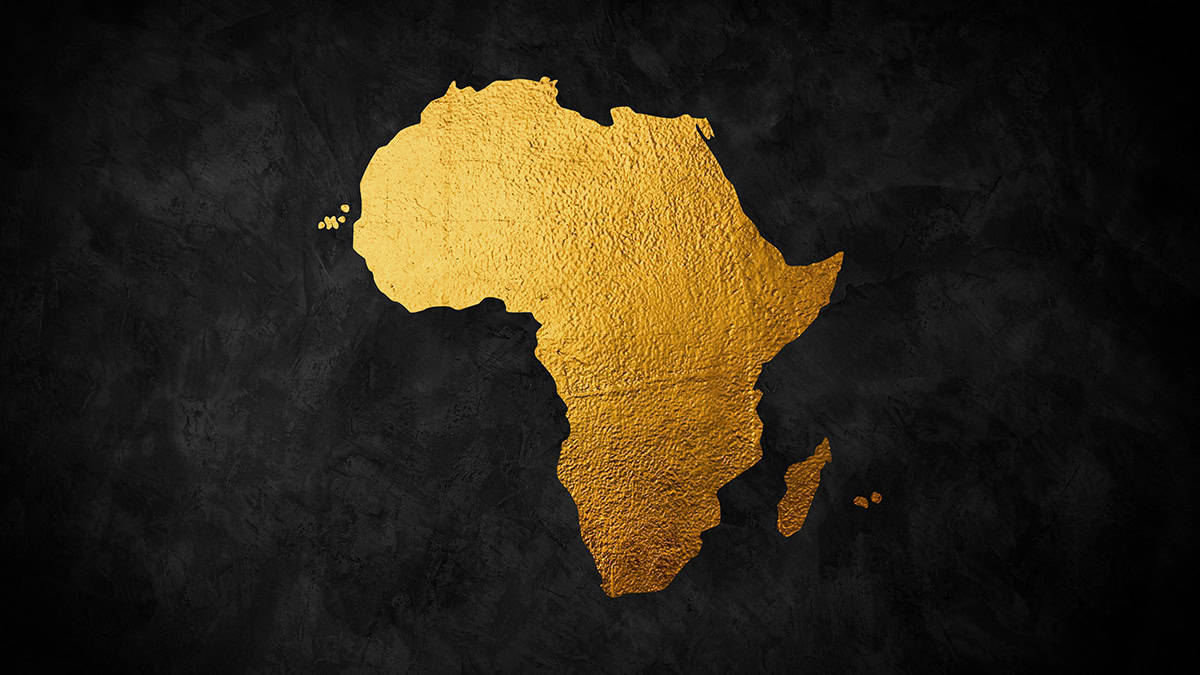A powerful solar storm is predicted to reach Earth on Thursday, 10th October, according to forecasters from the U.S. National Oceanic and Atmospheric Administration (NOAA). The storm could generate stunning auroras and affect radio communications, power grids, and satellites. NOAA’s Space Weather Prediction Centre (SWPC) has issued a G4-class geomagnetic storm warning, the second-highest level on their scale. A similar storm was last seen in May of this year, causing dramatic auroral displays.
The solar flare and its consequences
This event stems from a massive solar flare, classified as X1.8, which erupted from the sun on the night of 8th October. The flare was accompanied by a coronal mass ejection (CME), which is now speeding towards Earth. Shawn Dahl, service coordinator at SWPC, explained that the impact could vary depending on how the CME’s magnetic field aligns with Earth’s. A direct connection would heighten the storm’s intensity, while a mismatch might lessen its impact.
Impact on auroras and communications
The SWPC estimates that the solar storm could impact communications, power grids, and satellites. Auroral displays, also known as the northern and southern lights, are expected to be more vivid and visible at lower latitudes, offering a rare sight for observers across the US. Dahl mentioned that the CME is moving at extraordinary speeds, up to 2.9 million miles per hour, and could begin affecting Earth’s magnetic field as early as Thursday morning.
What to expect
Geomagnetic storms can also disrupt communication systems and power grids. NOAA encourages aurora watchers to keep an eye on real-time solar wind data and be prepared for potential disruptions in services. The intensity of the auroras will depend on how the storm evolves as it reaches Earth, with the strongest effects possibly appearing in the evening of 10th October.







